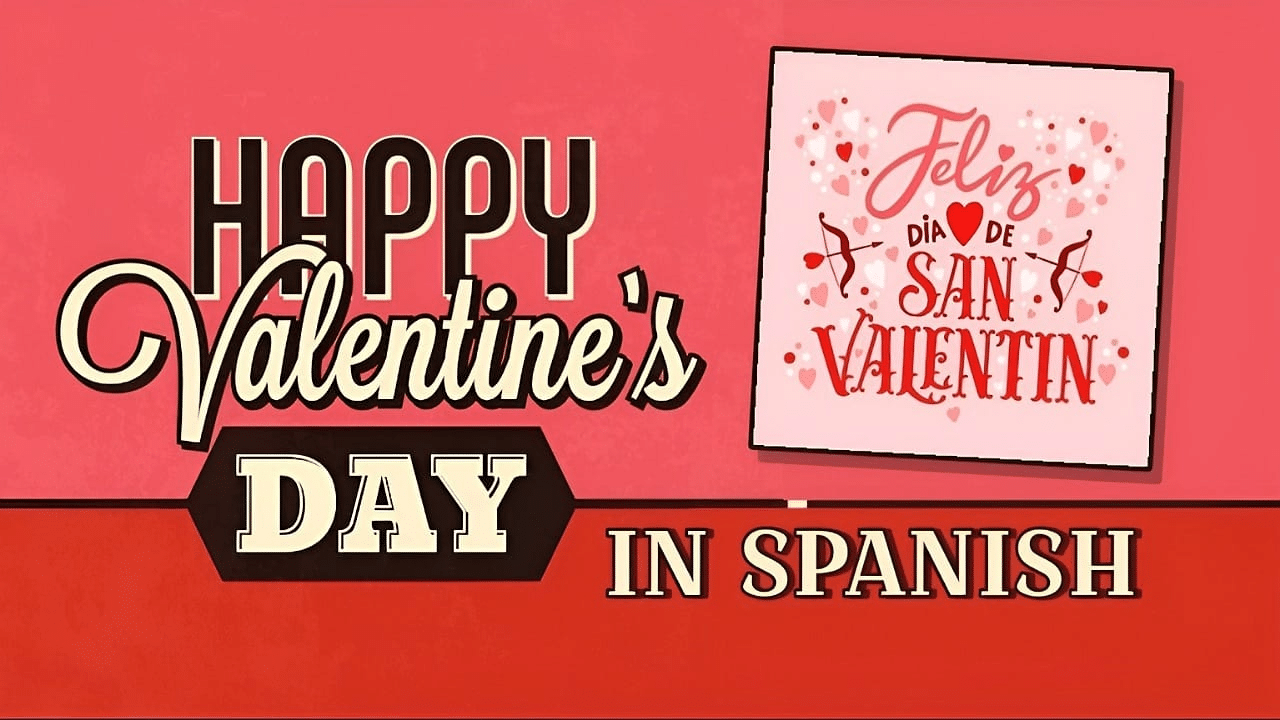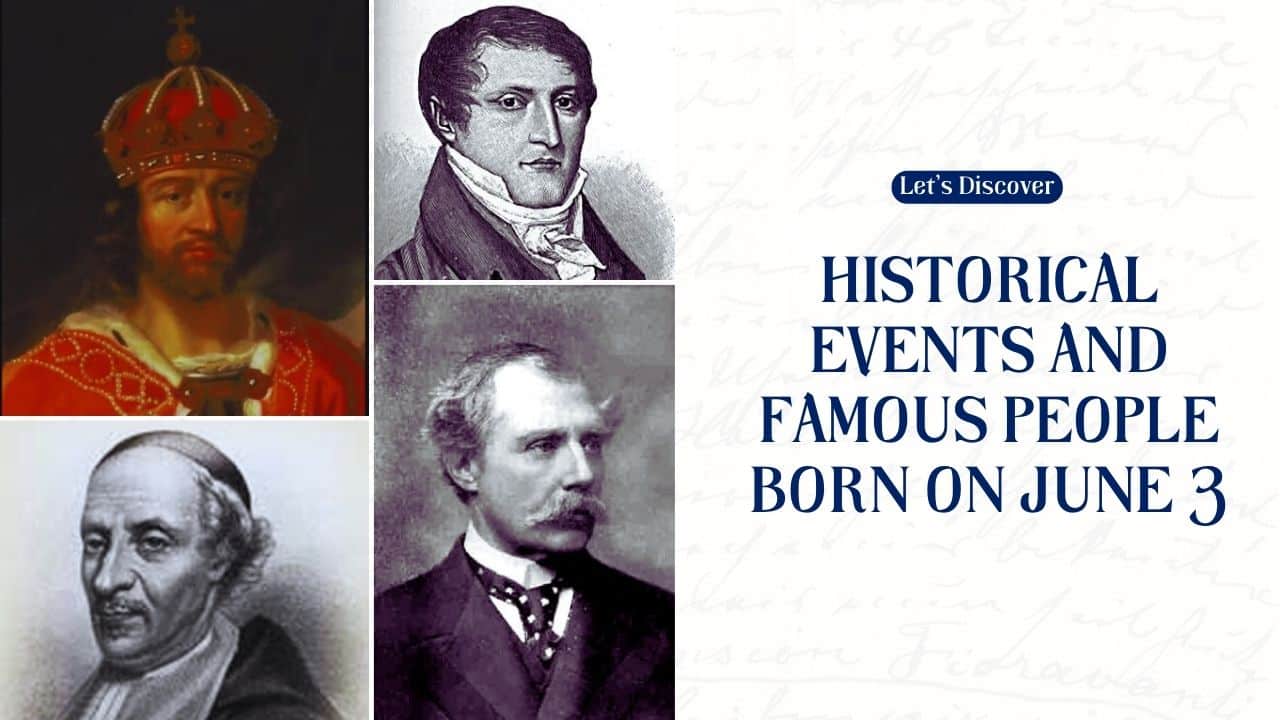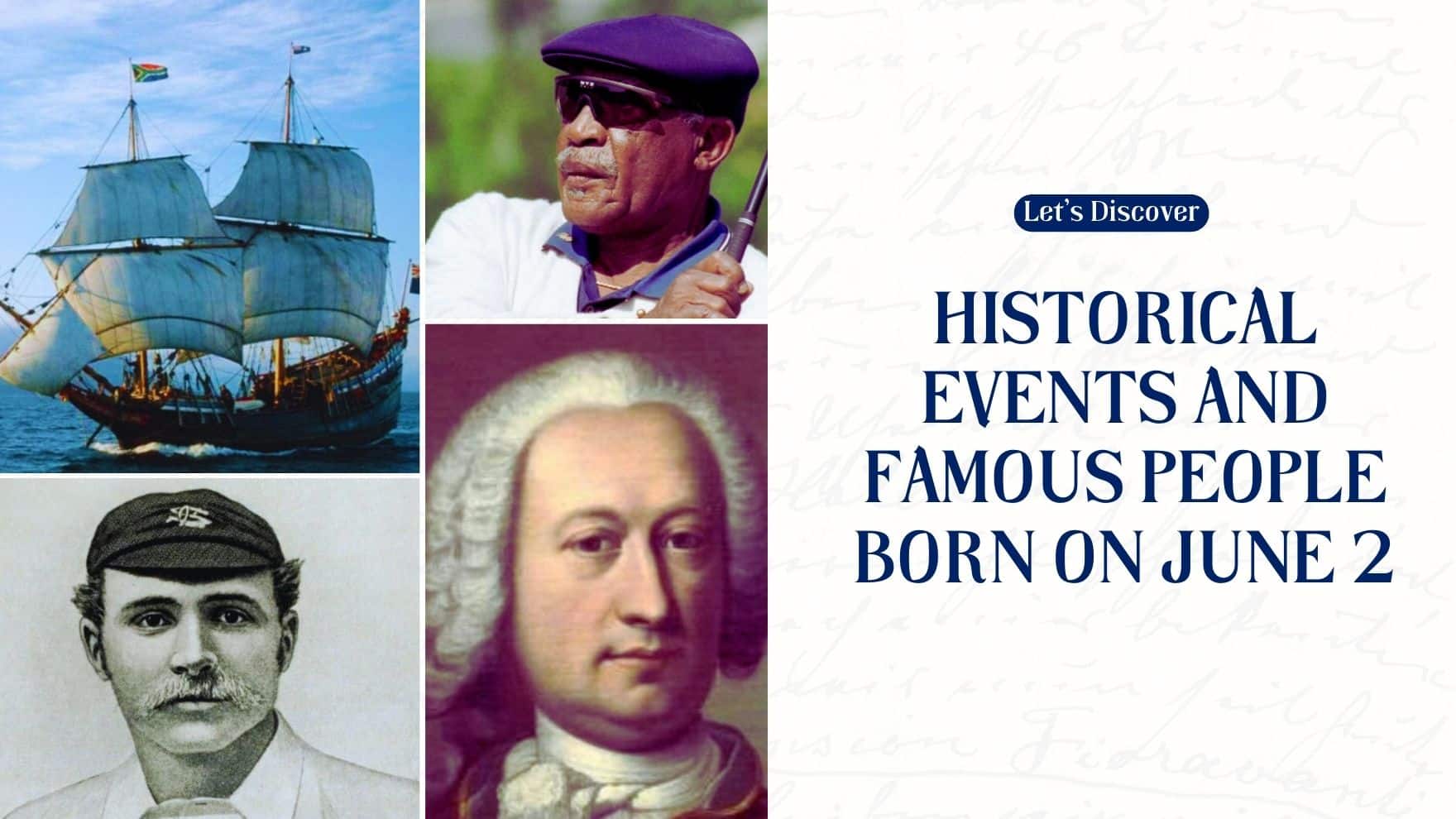Valentine’s Day is a time for love, sweet gestures, and heartwarming notes. But if you’re learning Spanish or want to impress your audience with more than just ‘Te quiero,’ figuring out how to express those three little words can feel like a daunting task.
Have you ever paused before writing that special Valentine’s Day message, worried about making a language blunder? You’re not alone!
Here’s one fun fact: In many Spanish-speaking countries, Valentine’s Day isn’t just for couples; it’s often known as “El Día del Amor y la Amistad,” celebrating love and friendship alike! This article is your trusted guide to nailing the perfect Spanish phrase for February 14th and beyond.
We’ll cover traditional and endearing expressions of affection that will have hearts fluttering. Whether through timeless phrases or modern lingo suitable for social media shoutouts, we’ve got you covered.
Get ready to spread the love in Spanish!
How to Say Happy Valentines Day Spanish
As Valentine’s Day approaches, mastering the romantic language of Spanish can add a special touch to your heartfelt wishes. Whether you’re whispering sweet nothings or penning a passionate card, knowing how to express “Happy Valentine’s Day” in this expressive tongue is key—let’s explore the phrases that will make your loved one’s heart flutter.
Feliz día de San Valentín
Feliz día de San Valentín is what many people in Spanish-speaking countries say on Valentine’s Day. This phrase fills cards, echoes in homes, and lights up phone screens as messages fly between loved ones.
Hearts flutter when someone hears these words. They may come with chocolates, flowers, or a warm embrace.
On social media platforms like Instagram and Facebook, #FelizDíaDeSanValentín trends as users share their love stories and special moments. Friends text each other using WhatsApp to spread cheer and affection.
Even students learning English as a second language might practice saying “Happy Valentine’s Day” by starting with its Spanish equivalent – building bridges across languages through the universal language of love.
Feliz Día del Amor y la Amistad
Celebrate love and friendship on Valentine’s Day with the Spanish phrase “Feliz Día del Amor y la Amistad”. It’s a special way to spread warmth and affection among friends and loved ones.
In September, Colombia has its own twist on this holiday, focusing more on the friendship aspect.
Use this heartfelt greeting to make cards, send messages or just say it out loud. It brings people closer together, showing them they are valued. Expressing care in Spanish on this day creates lasting memories of love and unity. Additionally, you can also read about Valentines Day Wallpaper.
Feliz Día de los Enamorados
Show your love with the words “Feliz Día de los Enamorados.” This phrase is perfect for Valentine’s Day. It translates to “Happy Day of the Lovers” in English. Use it to make someone feel loved on this special day.
In Spain and many Latin American countries, people say “Feliz Día de los Enamorados” to their partner. Share it face-to-face, on a Valentine’s Day card, or through social media. It’s a beautiful way to express your feelings.
Love gets even stronger when you speak from the heart, especially in another language!
Other Ways to Express Love in Spanish
Navigating the rich linguistic landscape of Spanish offers an array of heartfelt phrases beyond “Te Amo” and “Te Quiero”—each with its own subtle flavor of affection. Dive into the nuances, and find that perfect expression to resonate with your special someone’s heart.
Difference Between Te Amo and Te Quiero
“Te Amo” and “Te Quiero” both mean you care about someone, but they’re not quite the same. Think of “Te Amo” as a strong, deep phrase for love. You would say it to a husband, wife, or family member.
It’s like telling your mom you’ll love her forever.
Now, “Te Quiero” is more casual. Friends can use it. It’s like saying you really like someone without all the heavy feelings that come with “Te Amo.” You might tell your buddy after a fun day out or text it to a good friend.
It means you care, but in an easy-going way.
Remember these differences next time you talk about feelings in Spanish! They show just how much heart you’re putting into your words. If you want, you can also read- Valentine’s Day Outfits.
Spanish Valentine’s Day Vocabulary
Dive into the heart of the language with our curated Spanish Valentine’s Day vocabulary. From whispered sweet nothings to grand romantic gestures, these essential words and phrases will arm you with everything you need to articulate your affections like a true Romeo or Juliet in Spanish—because on this day, what you say and how you say it can spark a love story for the ages.
Related Spanish Nouns
Valentine’s Day is all about love and friendship. In Spanish, there are special nouns that capture the spirit of this day.
- Amor: This means “love.” It’s the feeling you have for someone special.
- Amistad: This word stands for “friendship.” It’s what you share with friends on Valentine’s Day.
- Pareja: A “couple” in English, pareja refers to two people who are together romantically.
- Regalo: The Spanish term for “gift,” a regalo is something you give to show affection.
- Cita: This translates to “date,” an outing where couples spend time together.
- Corazón: Meaning “heart,” corazón symbolizes love and emotion on Valentine’s cards and gifts.
- Flechazo: Often used to describe love at first sight, it literally means an arrow shot—like Cupid’s arrow.
- Anillo: Known as “ring” in English; it’s a common gift exchanged between lovers on this day.
- Chocolate: Just like in English, chocolate is both a sweet treat and a noun that represents a popular Valentine’s gift in Spanish-speaking countries.
- Rosas: The word for “roses,” often given as a classic romantic gesture on Valentine’s Day.
Related Spanish Verbs
Learning Spanish verbs related to Valentine’s Day will help you express your feelings better. Let’s look at the ones that can add more love to your language.
- Amar: This verb means “to love” and is used in a romantic sense. You say “Te amo” to a girlfriend, boyfriend, or spouse.
- Querer: It stands for “to want” or “to love.” People use it with friends and family as “Te quiero.”
- Adorar: The verb adorar means “to adore.” Use it when you deeply admire someone, like saying, “Te adoro.”
- Besar: Means “to kiss.” On Valentine’s Day, you might hear someone say, “Quiero besarte,” which is “I want to kiss you.”
- Abrazar: This one translates to “to hug.” Telling someone “Te quiero abrazar” means you want to give them a hug.
- Regalar: It signifies “to give (a gift).” A phrase like “Te regalo mi corazón” means “I give you my heart.”
- Celebrar: Celebrate love with this verb by saying “Vamos a celebrar nuestro amor,” which means “Let’s celebrate our love.”
- Enviar: Translates to “to send.” You might send flowers with a card saying, “Te envío flores para expresar mi amor,” meaning “I’m sending you flowers to express my love.”
- Sonreír: This verb means “to smile.” Tell your loved one, “Tu sonrisa me hace feliz,” which translates into “Your smile makes me happy.”
Celebrating Valentine’s Day in Spanish Speaking Countries
People in Spanish speaking countries celebrate love on Valentine’s Day, but some have unique spins on the holiday. In Argentina, for instance, they not only celebrate it in February but also save a whole week in July—”the week of sweetness”—to exchange kisses for sweets with their loved ones.
Love fills the air as couples share treats and affection.
In Mexico, heart-shaped balloons and red roses fill the streets. It’s common to see public displays of affection as people openly show their love for each other. Friends and family also come together; it’s not just about romantic relationships.
They call it Día del Amor y la Amistad too, emphasizing friendship alongside love.
Conclusion
You’ve learned how to say “Happy Valentine’s Day” in Spanish. You can now express love uniquely, whether you use “te amo” or “te quiero.” Remember the fun of learning new Spanish words for this special day?
Celebrate with confidence among friends in Spanish-speaking countries. Share the love and joy that comes from saying it right—Feliz Día de San Valentín!














































